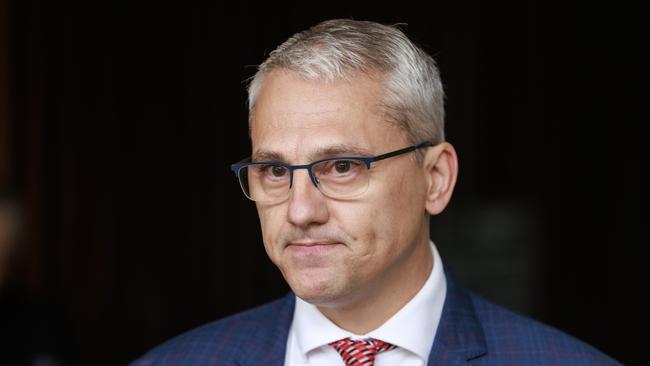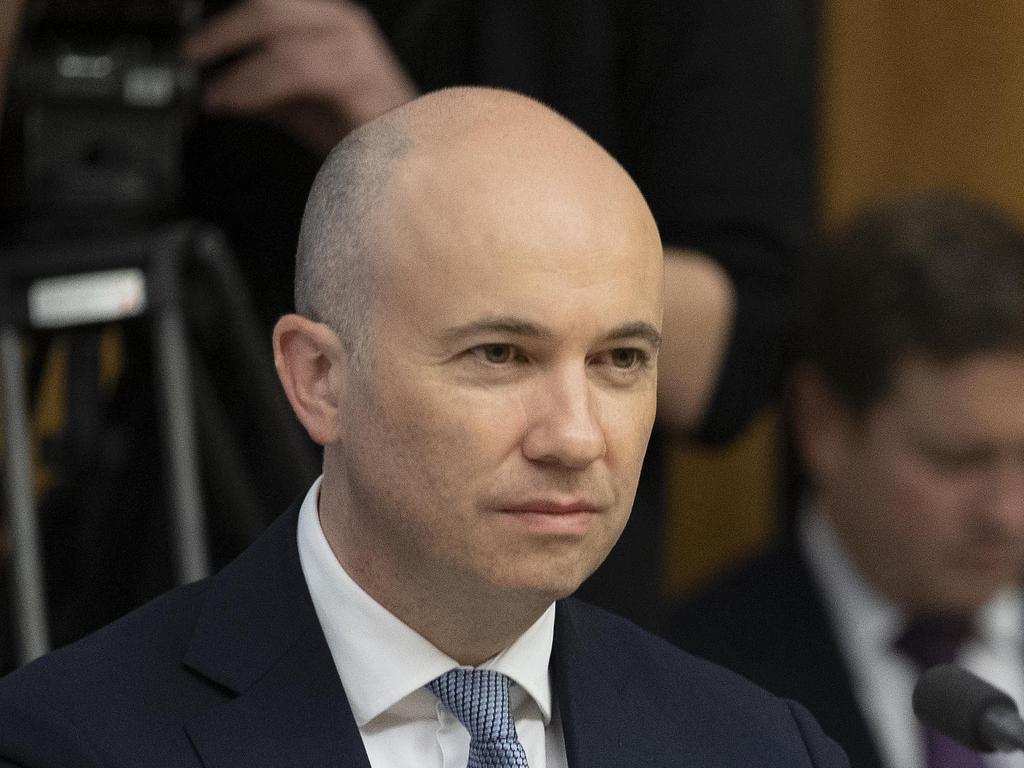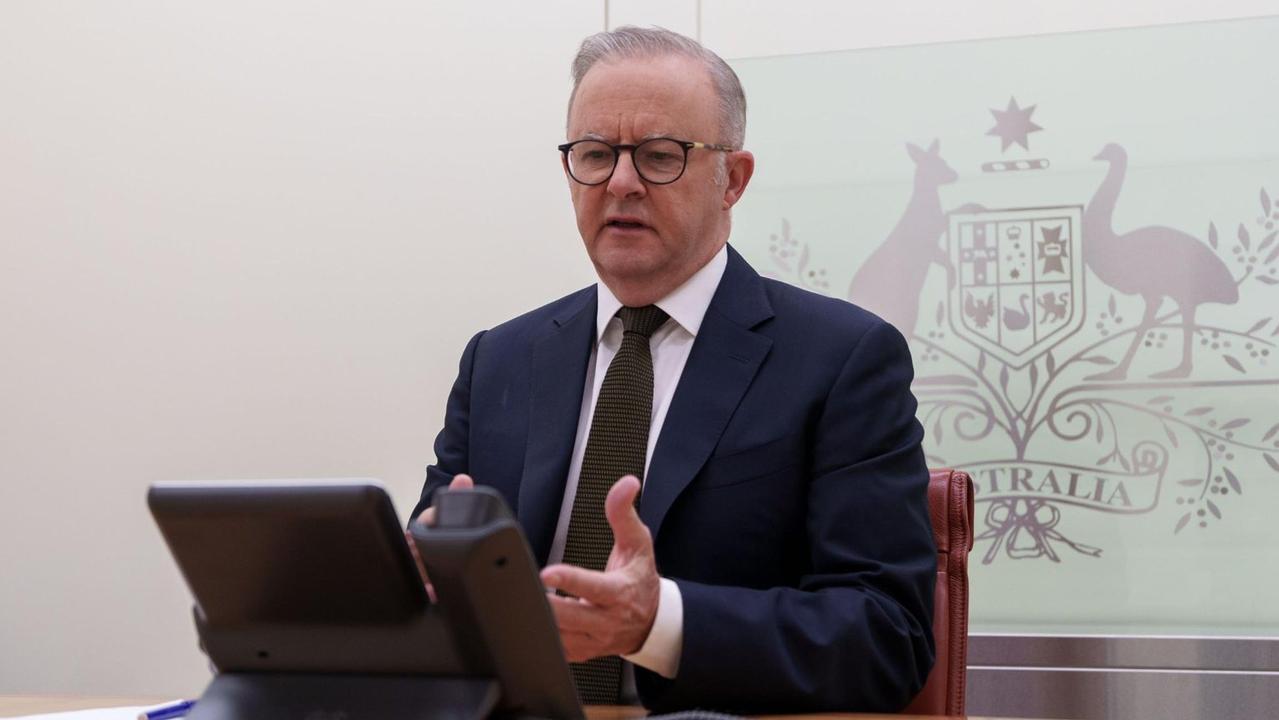Victoria’s workers compensation scheme ‘broken’
The Andrews government has conceded its compensation scheme for Victorian workers is ‘fundamentally broken’.

The Andrews government has conceded its compensation scheme for Victorian workers is “fundamentally broken”, flagging consideration of options that include hiking premiums and tightening the capacity test for people who have not worked for at least 130 weeks.
Admitting the annual WorkCover premium deficit had blown out to $1.1bn and continued to grow, the government said it was “examining all options” and working with business and worker stakeholder groups to take action to ensure WorkSafe could become sustainable.
The admission comes after the government chose New Year’s Eve to release an alarming consultants’ report it had kept secret for two years, which found WorkSafe was “at a tipping point in its history and facing both internal and external threats to its financial stability”, with increases in mental health claims, government raids on dividends and unstable financial markets to blame.
It also follows The Australian’s revelation in September that Victorian taxpayers had bailed WorkSafe out to the tune of $450m, following years of poor performance and an escalation in costly mental health claims.
Days later, Labor appointed Bracks and Brumby government minister Bob Cameron as chairman of WorkSafe, working alongside former senior Bracks and Brumby government staffer Colin Radford, who is chief executive.
In a statement on Tuesday, released ahead of a parliamentary sitting week, a spokeswoman for the Andrews government said the WorkCover scheme “is fundamentally broken”.
“The scheme is no longer fit for purpose and does not meet the modern needs of those it was originally designed to assist more than 30 years ago,” she said.
“The Victorian government is working with business and worker stakeholder groups to look at all options and to take urgent action to continue the ongoing sustainability of the WorkSafe program.
“Our priority is helping people get back to work after an injury – and ensuring the sustainability of the scheme so every Victorian has the opportunity to return to the workforce after an injury.”
While the government has indicated “multiple levers” will be required and raising premiums alone will not be sufficient to save WorkCover, business groups including the Australian Industry Group and Victorian Chamber of Commerce and Industry have indicated to The Australian previously they had been told to expect premium hikes.
WorkCover’s claims liability has tripled since 2010, with the increase largely attributed to an increased cost of weekly income support for claimants.
The government says Victoria’s premiums are the second-lowest of any state or territory after Queensland, and have not increased for more than 20 years — leading to the ballooning $1.1bn annual premium deficit.
Estimated annual savings from encouraging or requiring more claimants to return to work, and preventing more claims, amount to $300m a year, meaning those initiatives alone are insufficient to address the deficit.
The government says changes in doctors’ and agents’ application of the capacity test for claimants returning to employment after at least 130 weeks out of the workforce, which had occurred in response to recommendations in 2016 and 2019 ombudsman’s reports, had led to significant increases in the number of people who never returned to work.
The rate of exiting the scheme for those with mental injury claims is also much lower than for those with physical injuries.





